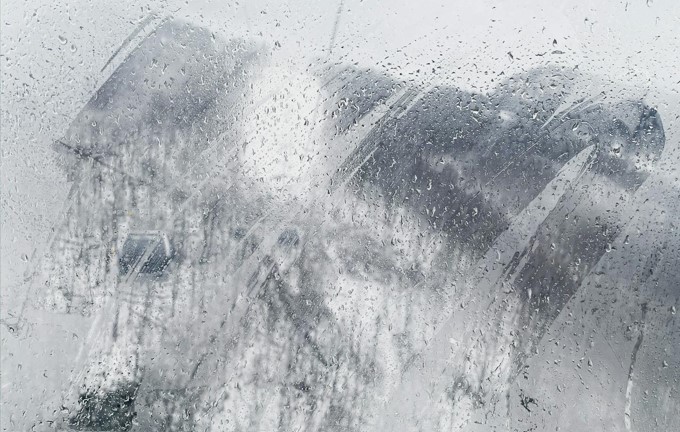Written by admin on July 19, 2024

Table of Contents:
As the weather cools during winter, you may start noticing signs of condensation in your conservatory. This can manifest as damp walls, droplets inside the windows, or even a wet floor. While these issues can be disturbing, they are common and easy to address.
Understanding Conservatory Roof Condensation: What to Know
Conservatories are designed to be watertight and airtight to retain heat and protect homeowners against the elements. However, this design can sometimes lead to poor ventilation. When warm, moist air inside the conservatory meets the cold glass, it condenses into liquid. For more information on conservatory roof condensation and ways to prevent it, check out our other articles.What are the Effects of Condensation?
Although condensation might seem like a minor inconvenience, it can lead to more significant problems, if not addressed. Persistent condensation can cause dampness, which often results in mold growth. Mold not only destroys surfaces and fabrics but also has health risks, affecting the skin, eyes, and the respiratory system. Therefore, it’s important to address conservatory roof condensation before it leads to mold.Tips to Prevent Conservatory Roof Condensation
-
Ensure Proper Ventilation:
-
Ventilate Your Entire Home:
-
Avoid Drying Clothes in the Conservatory:
-
Install Trickle Vents:
-
Use Condensation Catchers:
-
Limit the Number of Plants:
-
Change to Double Glazing:
-
User a Dehumidifier: